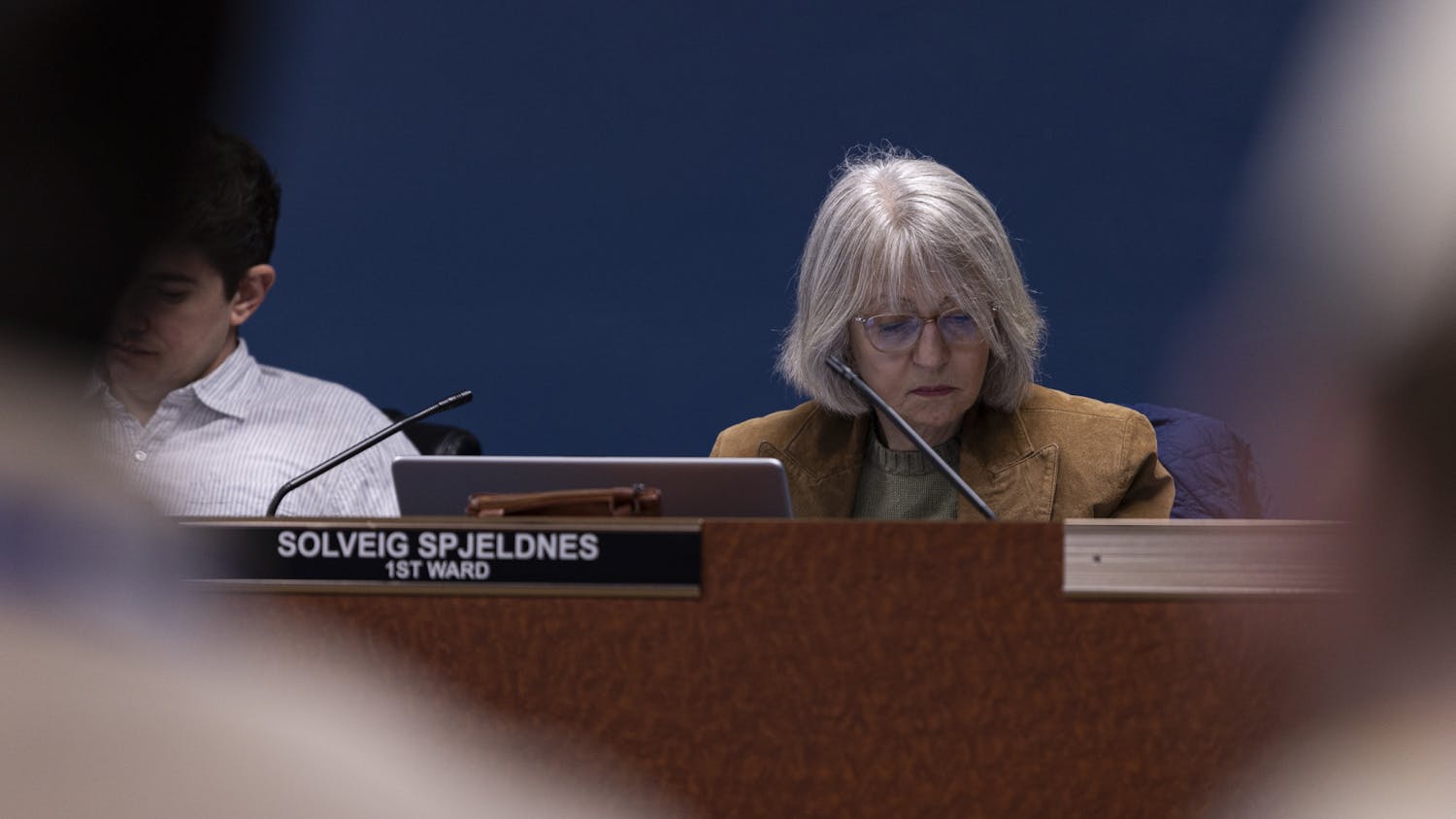Navigating graduation requirements and the long list of potential general education courses can be overwhelming for some students. Ohio University advisers and faculty offer their advice to new students.
OU has general education requirements, or BRICKS, that all students must take. The requirements are broken into five sections: foundations, pillars, arches, bridges and a capstone.
According to OU’s BRICKS Summary, foundation courses are meant to develop students’ writing and quantitative reasoning skills and students’ cultural awareness.
College of Arts and Sciences Director of Students Services Adam Brown said he sees a lot of students bringing in Advanced Placement and College Credit Plus credits, which help students meet introductory education requirements for foundations.
Advising differs depending on the major and general area of study new students are enrolled in. Associate Professor of Chemistry Lauren McMills said she encourages STEM students to take classes outside of the discipline as long as it’s something they are interested in.
“Different courses utilize different study and learning strategies, which can be helpful when studying for exams or completing assignments,” McMills wrote in an email.
When students venture out of taking classes in their major, they can find new interests, Brown said.
“You never know what you tend to like if you've never tried it,” Brown said. “Some students will end up with a minor in that area, or they'll end up tagging on something with that kind of major because they took that chance and they really liked it.”
According to OU’s Undergraduate Admissions Office, the university’s average class has 29 students. However, some classes can have as many as 400 seats available.
Associate Professor of Sociology Holly Ningard teaches a 400-seat “mega section” of Sociology 1000, or Introduction to Sociology, she said. Teaching the class is a good opportunity to use real-world experiences to show students a new study area.
“Sometimes survey courses I think can be a little intimidating for students because you're learning all of the vocabulary of a particular discipline,” Ningard said. *“But I try to approach it in a way that, I hope, makes it more accessible.”
Ningard said it is easier for students to get distracted in large classes, but she works videos and call-and-response elements into her class to try to keep people engaged.
“There's a real classroom community,” she said. “We might be in this cavernous Morton Hall, but we are still here to learn and talk with one another and share our experiences.”
Most Sociology 1000 courses have a max capacity ranging between 75-100 students, Ningard said. Second-year sociology graduate students teach several sections of Sociology 1000; they are specifically prepared to teach the course.
Brown said during orientation he recommends freshmen take advantage of autonomy in their course selection. It’s important for incoming students to choose the best schedule for their needs, he said.
Ningard had one main advice tip for freshmen taking lecture-style introductory courses like Sociology 1000: go to class.
“Sometimes, especially in those big classes, it is easy to just say, ‘I'll just go next week,’” Ningard said. “Just getting to class is half the battle of succeeding in those classes.”





